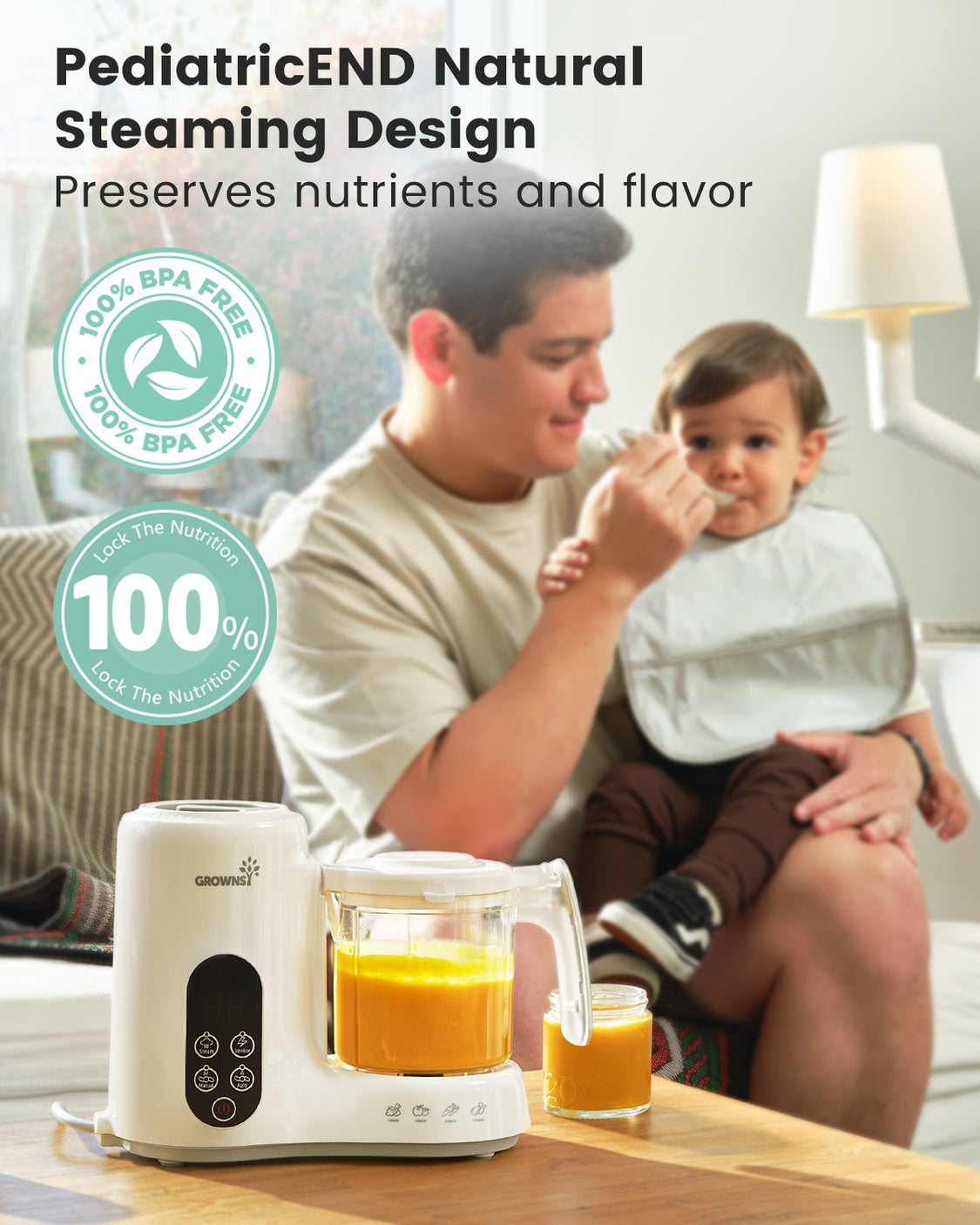Unlock the Secrets to Homemade Baby Food That Your Little One Will Love!
Making homemade baby food has become a popular choice for parents aiming to provide the best nutrition for their little ones. The benefits are numerous: homemade baby food allows you to control the ingredients, ensuring that your child gets the freshest and most nutritious options available. Additionally, it can be more cost-effective than store-bought alternatives, especially when making larger batches. With the rising trend among health-conscious parents, the allure of crafting your own baby food at home is undeniable. Not only does it give you peace of mind about what your baby is consuming, but it also opens up a world of flavors and textures that store-bought options often lack. In this article, we will explore the essentials of homemade baby food, from understanding nutritional needs to simple recipes that are sure to delight your little one.

Understanding the Basics of Homemade Baby Food
Before diving into recipes, it’s important to understand what our babies need nutritionally. Essential nutrients for infants include proteins, healthy fats, vitamins, and minerals. A varied diet not only helps meet these needs but also encourages healthy eating habits from a young age. Homemade baby food provides the perfect opportunity to introduce a wide range of fruits, vegetables, grains, and proteins, ensuring that your baby receives a balanced diet tailored to their development. It’s also crucial to maintain food safety; always wash your hands, keep surfaces clean, and store food properly to prevent contamination. For instance, I remember when my friend started making baby food for her daughter. She was meticulous about food safety and would often share her tips on how to keep everything hygienic, which gave her peace of mind as a new mom.
Essential Tools and Equipment for Making Baby Food
To get started with preparing homemade baby food, you'll need some essential tools. A high-quality blender or food processor is key for creating smooth purees, while a steamer basket can help cook vegetables without losing their nutrients. Storage containers are equally important; look for BPA-free options that are easy to label and stack. Depending on your budget, you can find various tools that meet your needs. For instance, a friend of mine opted for a simple hand blender, which worked perfectly for her smaller batches, while another invested in a full food processor for larger quantities. The right equipment can make the process more efficient and enjoyable.
Simple Recipes for Homemade Baby Food
Now, let’s dive into some easy-to-follow recipes that cater to different stages of your baby’s development. Starting with purees, which are great for introducing solids, you can create delicious and nutritious options that your little one will enjoy. Here are a few recipes to get you started:
Stage 1: Fruits and Vegetables Purees
For beginners, simple purees are the best way to start. Try steam-cooking carrots until soft, then blending them with a little water to achieve a smooth consistency. Similarly, you can puree ripe bananas or cooked apples. These pureed fruits and vegetables are gentle on your baby’s tummy and can be frozen in ice cube trays for easy portioning. When my sister first introduced her son to solids, she swore by sweet potato puree, which he loved and thrived on!
Stage 2: Mixed Purees and Textured Foods
As your baby grows, you can begin to introduce mixed purees and textured foods. A great option is a mixture of peas and brown rice blended together for a nutritious meal that offers new textures. Another delicious idea is to combine avocado and banana, providing healthy fats that are essential for brain development. Experimenting with combinations not only keeps mealtime exciting but also helps your baby develop a diverse palate.
Storage and Meal Prep Tips
Batch-cooking is a fantastic way to save time and ensure you always have homemade baby food on hand. After preparing your baby food, let it cool before transferring it to storage containers. Freezing portions in ice cube trays is an excellent method; once frozen, you can pop the cubes into a labeled bag for longer-term storage. Always remember to use food within a month for the best quality. A friend of mine would spend Sundays preparing her baby food for the week, and she found that having everything ready made mealtime a breeze. Proper meal prep not only simplifies feeding but also helps maintain the nutritional value of the food.
Embrace the Journey of Homemade Baby Food
In conclusion, making baby food at home is an enriching experience that offers numerous benefits, from ensuring nutritional quality to saving money. It allows parents to experiment with flavors and textures, ultimately fostering healthy eating habits in their children. Take the plunge and try out these recipes; you might find that your little one has a taste for homemade goodness! As you explore the world of homemade baby food, remember that the journey is just as important as the destination. Embrace the process and enjoy this special time with your child, knowing that you are providing them with nourishing meals that support their growth and development.








